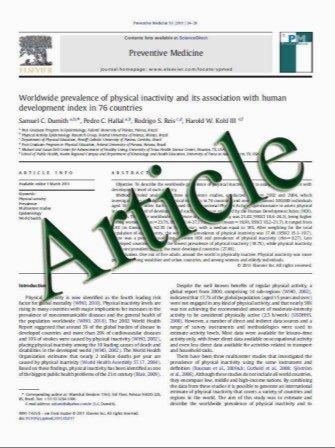Biomechanical comparison of four double-row speed-bridging rotator cuff repair techniques with or without medial or lateral row enhancement
- نوع فایل : کتاب
- زبان : انگلیسی
- مؤلف : Stephan Pauly • David Fiebig • Bettina Kieser • Bjoern Albrecht • Alexander Schill • Markus Scheibel
- چاپ و سال / کشور: 2011
Description
Background Biomechanical comparison of four different Speed-Bridge configurations with or without medial or lateral row reinforcement. Reinforcement of the knotless Speed-Bridge double-row repair technique with additional medial mattress- or lateral single-stitches was hypothesized to improve biomechanical repair stability at time zero. Methods Controlled laboratory study: In 36 porcine fresh-frozen shoulders, the infraspinatus tendons were dissected and shoulders were randomized to four groups: (1) Speed-Bridge technique with single tendon perforation per anchor (STP); (2) Speed-Bridge technique with double tendon perforation per anchor (DTP); (3) Speed-Bridge technique with medial mattress-stitch reinforcement (MMS); (4) Speed-Bridge technique with lateral singlestitch reinforcement (LSS). All repairs were cyclically loaded from 10–60 N up to 10–200 N (20 N stepwise increase) using a material testing device. Forces at 3 and 5 mm gap formation, mode of failure and maximum load to failure were recorded. Results The MMS-technique with double tendon perforation showed significantly higher ultimate tensile strength (338.9 ± 90.0 N) than DTP (228.3 ± 99.9 N), LSS (188.9 ± 62.5 N) and STP-technique (122.2 ± 33.8 N). Furthermore, the MMS-technique provided increased maximal force resistance until 3 and 5 mm gap formation (3 mm: 77.8 ± 18.6 N; 5 mm: 113.3 ± 36.1 N) compared with LSS, DTP and STP (P\0.05 for each 3 and 5 mm gap formation). Failure mode was medial row defect by tendon sawing first, then laterally. No anchor pullout occurred. Conclusion Double tendon perforation per anchor and additional medial mattress stitches significantly enhance biomechanical construct stability at time zero in this ex vivo model when compared with the all-knotless Speed- Bridge rotator cuff repair.
Knee Surg Sports Traumatol Arthrosc DOI 10.1007/s00167-011-1517-x Received: 24 November 2010 / Accepted: 12 April 2011


